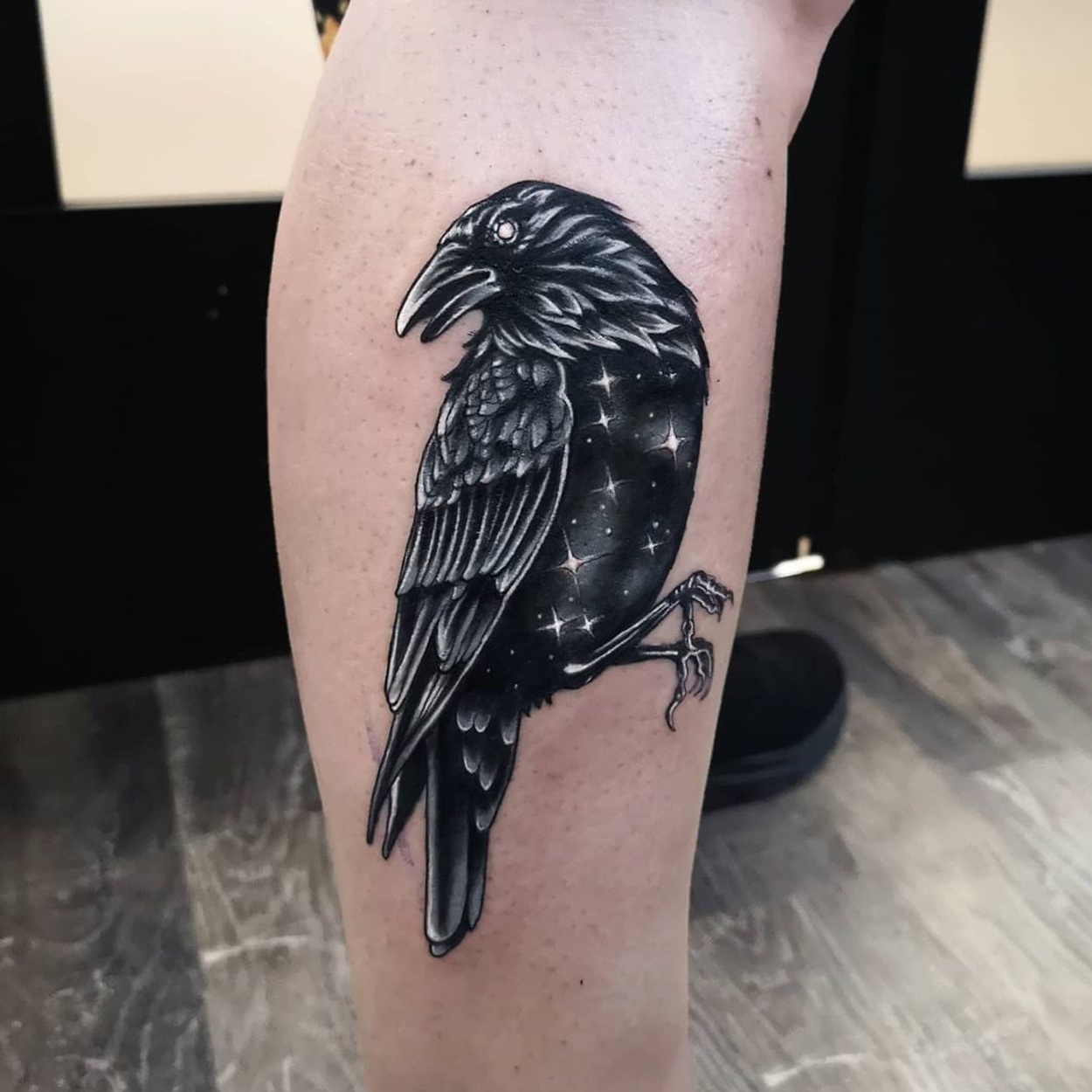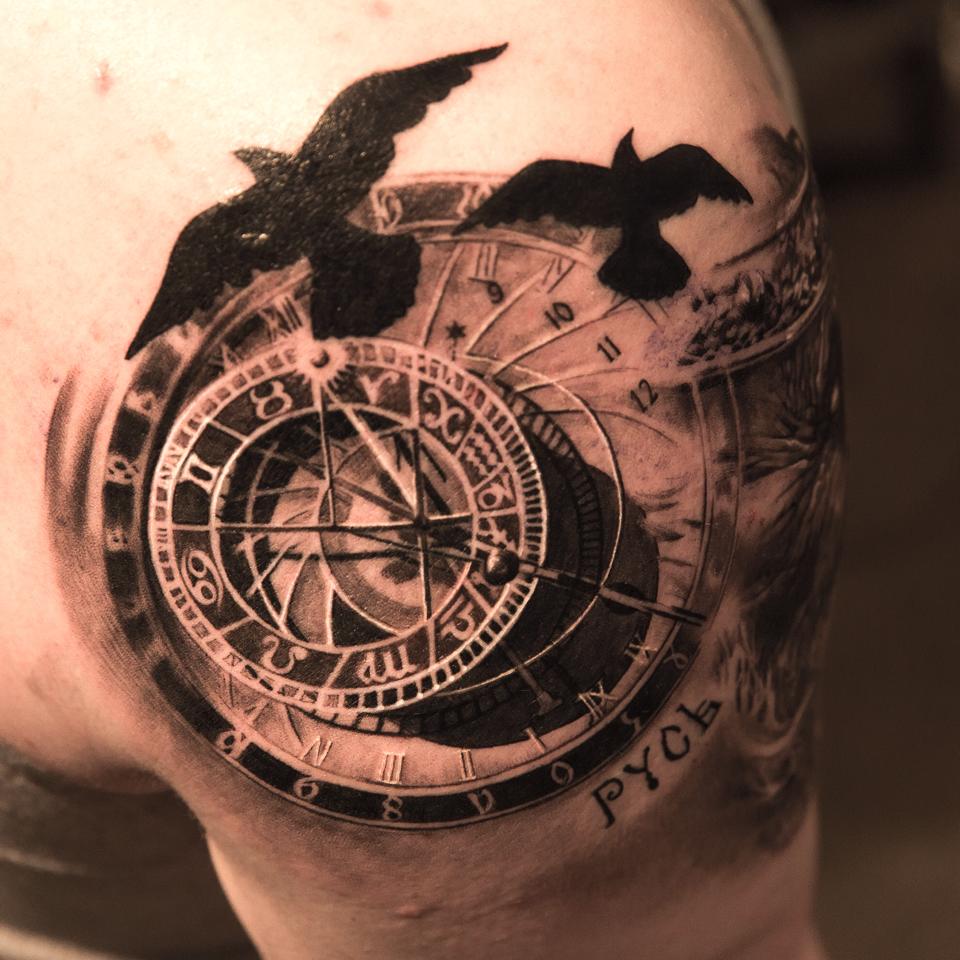


It does not store any personal data.A recurring theme in the mythology of Odin is his constant search for information. The cookie is set by the GDPR Cookie Consent plugin and is used to store whether or not user has consented to the use of cookies. The cookie is used to store the user consent for the cookies in the category "Performance". This cookie is set by GDPR Cookie Consent plugin. The cookies is used to store the user consent for the cookies in the category "Necessary". The cookie is used to store the user consent for the cookies in the category "Other. The cookie is set by GDPR cookie consent to record the user consent for the cookies in the category "Functional". The cookie is used to store the user consent for the cookies in the category "Analytics". These cookies ensure basic functionalities and security features of the website, anonymously. Necessary cookies are absolutely essential for the website to function properly. Texas, USA: University Research Institute of the University of Texas. ISBN-13 978-5-2Īnthony Faulkes (1995) Snorri Sturluson, Edda. Jesse Byock (2005) Snorri Sturluson, The Prose Edda. Further down they are spelled with one N at the end because the ravens are the objects of the verb phrases “fear for” (Old Norse: óumk of) and “fear for” (Old Norse: sjámk um). In the first line, they have two N’s because the ravens are subject of the verb “fly” (Old Norse: fljúga). You may have noticed that in the first line they are spelled with two N’s at the end, but further down they are spelled with one N.

If we take a look at the stanza from earlier. In old Norse, the spelling depends on the situation. Huginn and Muninn or Hugin and Munin?Īccording to the Norse language expert Jackson Crawford, the ravens can be spelled both as Huginn and Muninn and Hugin and Munin in English. Then people were of the belief that if they saw a raven immediately after, then he had accepted the offering. If a ritual was conducted in honor of Odin, either by sacrificing a human or an animal. It is Odin who decides who dies in a battle, but it is Freya who has the first pick among the slain. This name for Odin is a poetic way of explaining that the fallen warriors in a battle would go to Valhalla. This is known as the raven banner, and there have among others been found depictions of it on the Bayeux tapestry.Īnother raven name for Odin is the “raven sacrifice god” (Old Norse: Hrafnblóts Goði). One of the common symbols of Odin is the raven, some clans in Scandinavia had such a strong connection to him, that they used the raven on their war flag. This stanza could also highlight his worry about the risks of entering a shamanic trance-state journey on a daily basis, especially when being split into two animals. He has a tremendous amount of knowledge, and he might be afraid to forget some of it, maybe because of age. However, it could also have a deeper meaning, and Odin might be worried about his own memory. This part could on the surface indicate that he is worried if his ravens will return. In shamanism it is quite common to take the form of an animal, this could, for instance, be in the form of a ritual, such as gathering knowledge.Īnother example of why Huginn and Muninn could be his own personification is the stanza from the poem Grímnismál in the Poetic Edda. Odin is known for being very knowledgeable within Seidr (Old Norse: seiðr), which is a Nordic form of shamanism. His close relation to the ravens could mean that they are a personification of himself. Huginn and Muninn are very close to Odin, in fact, so close that according to the Prose Edda by Snorri Sturluson he is referred to as the raven god (Old Norse: Hrafnaguð).


 0 kommentar(er)
0 kommentar(er)
